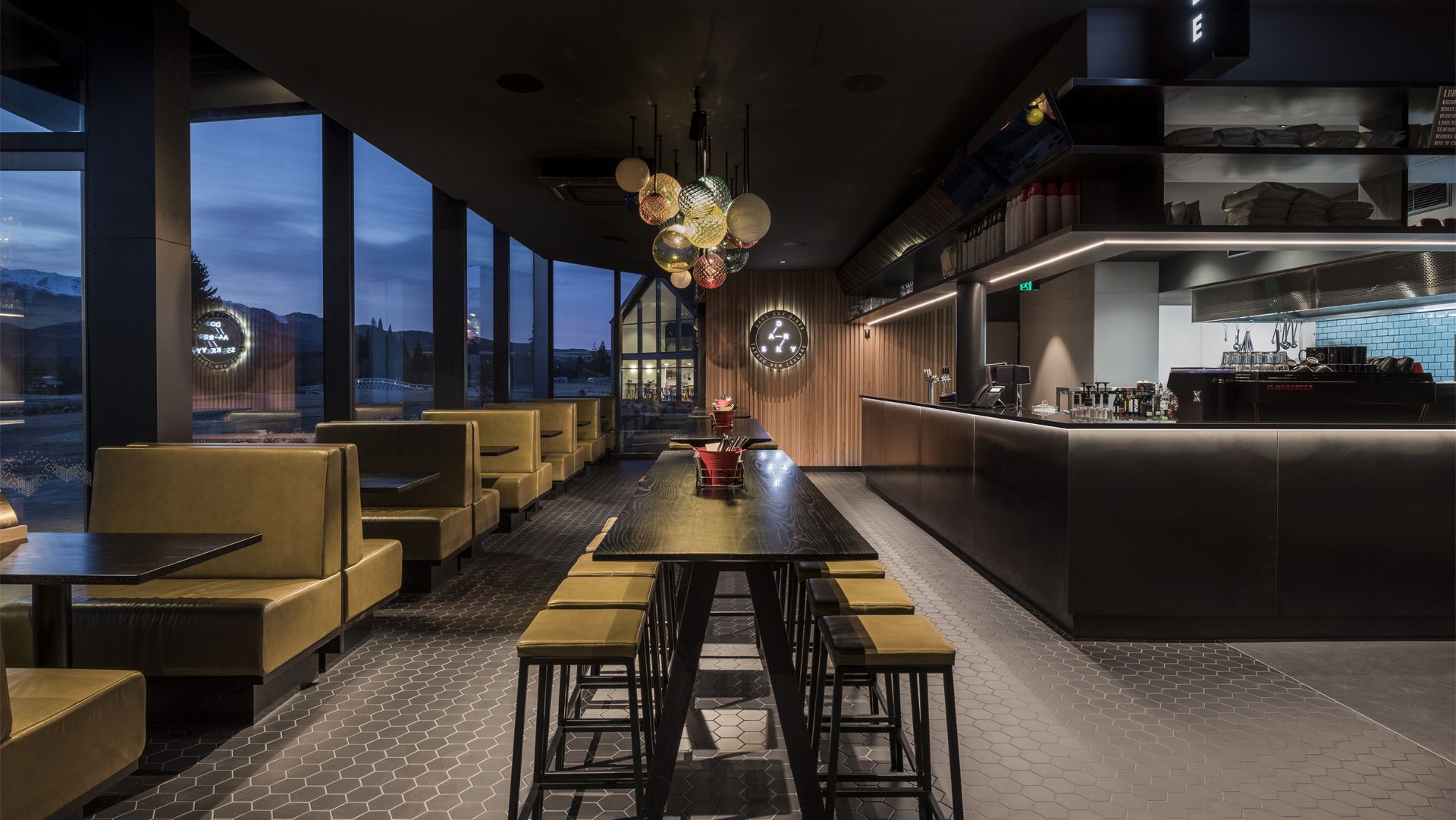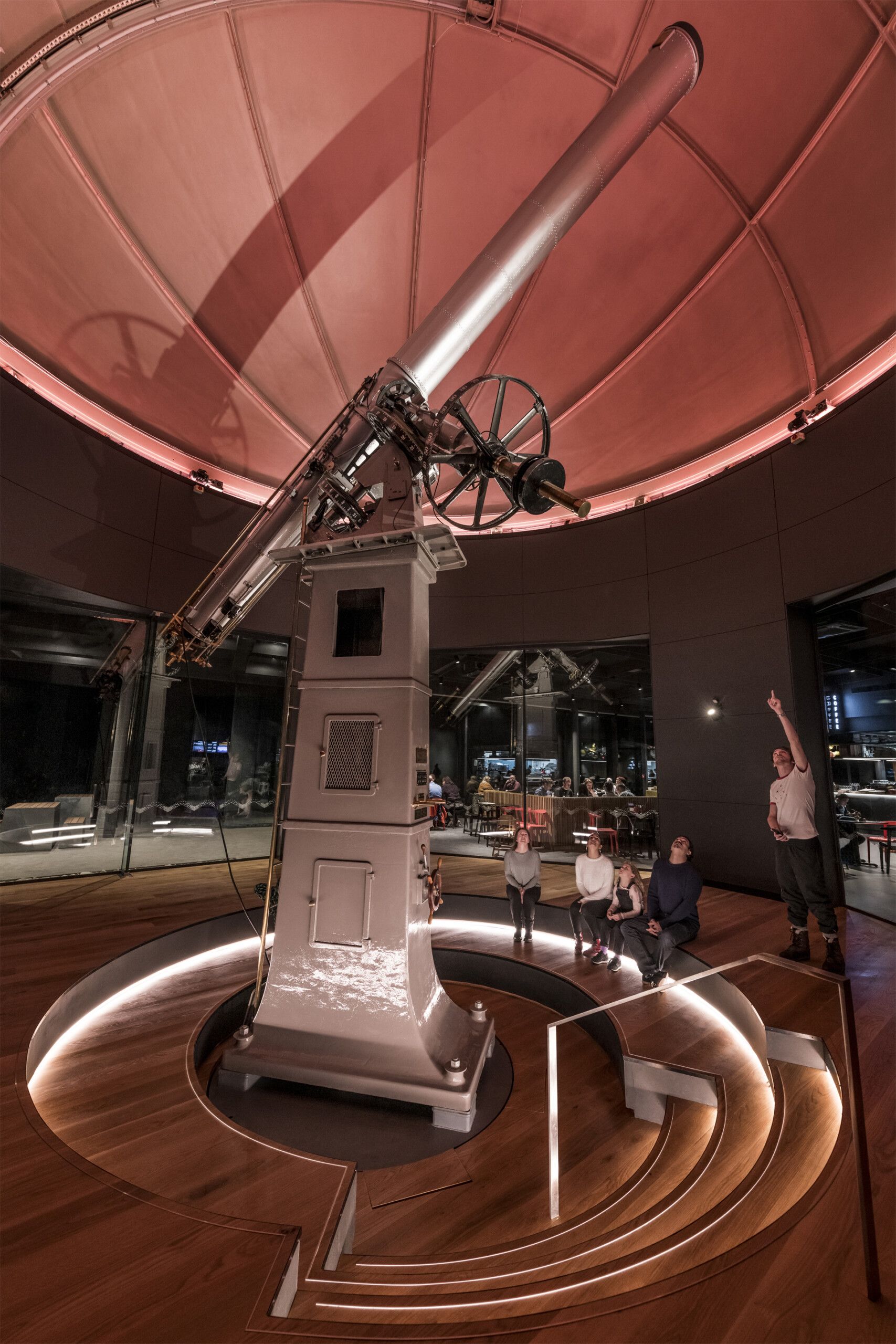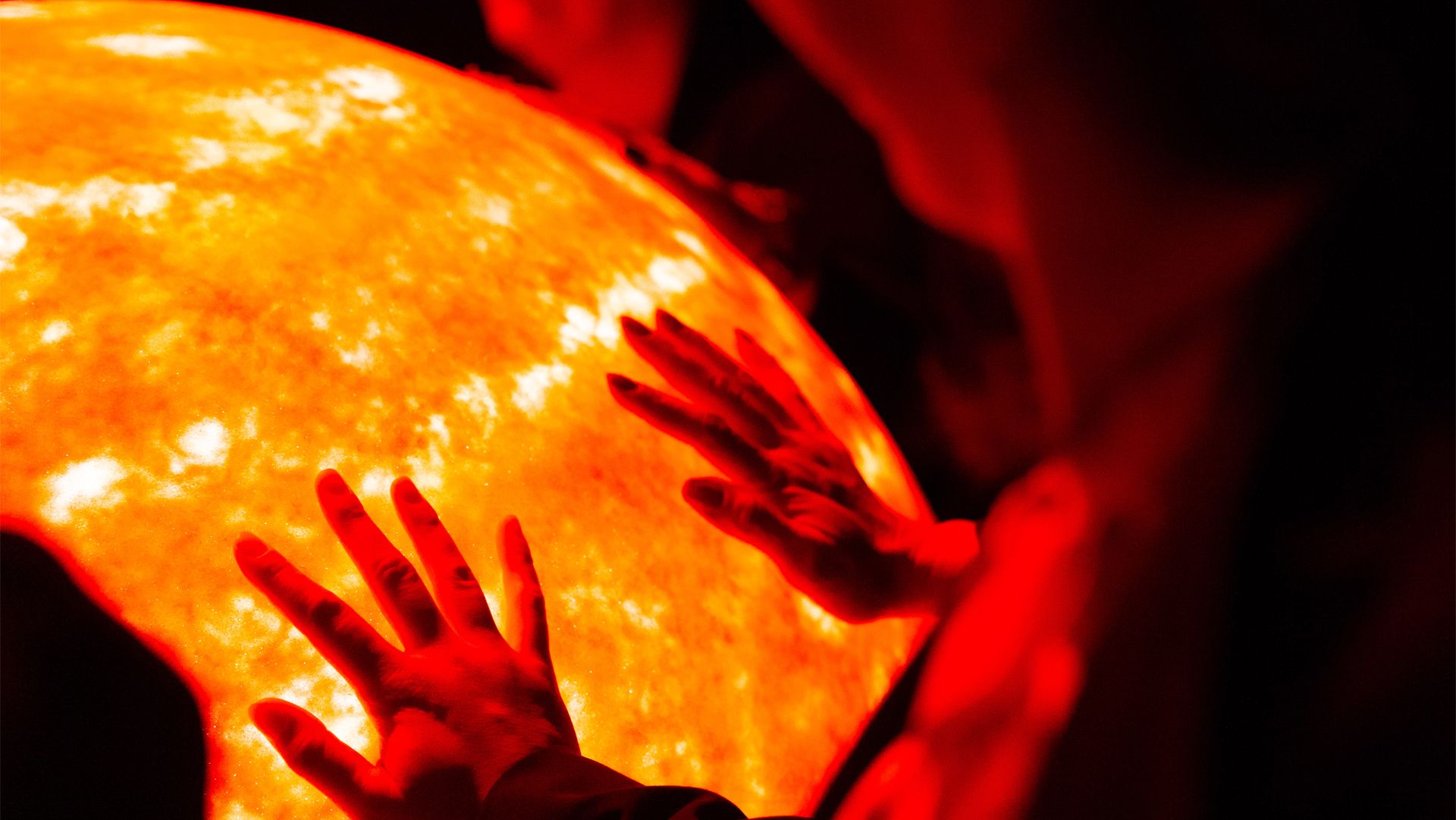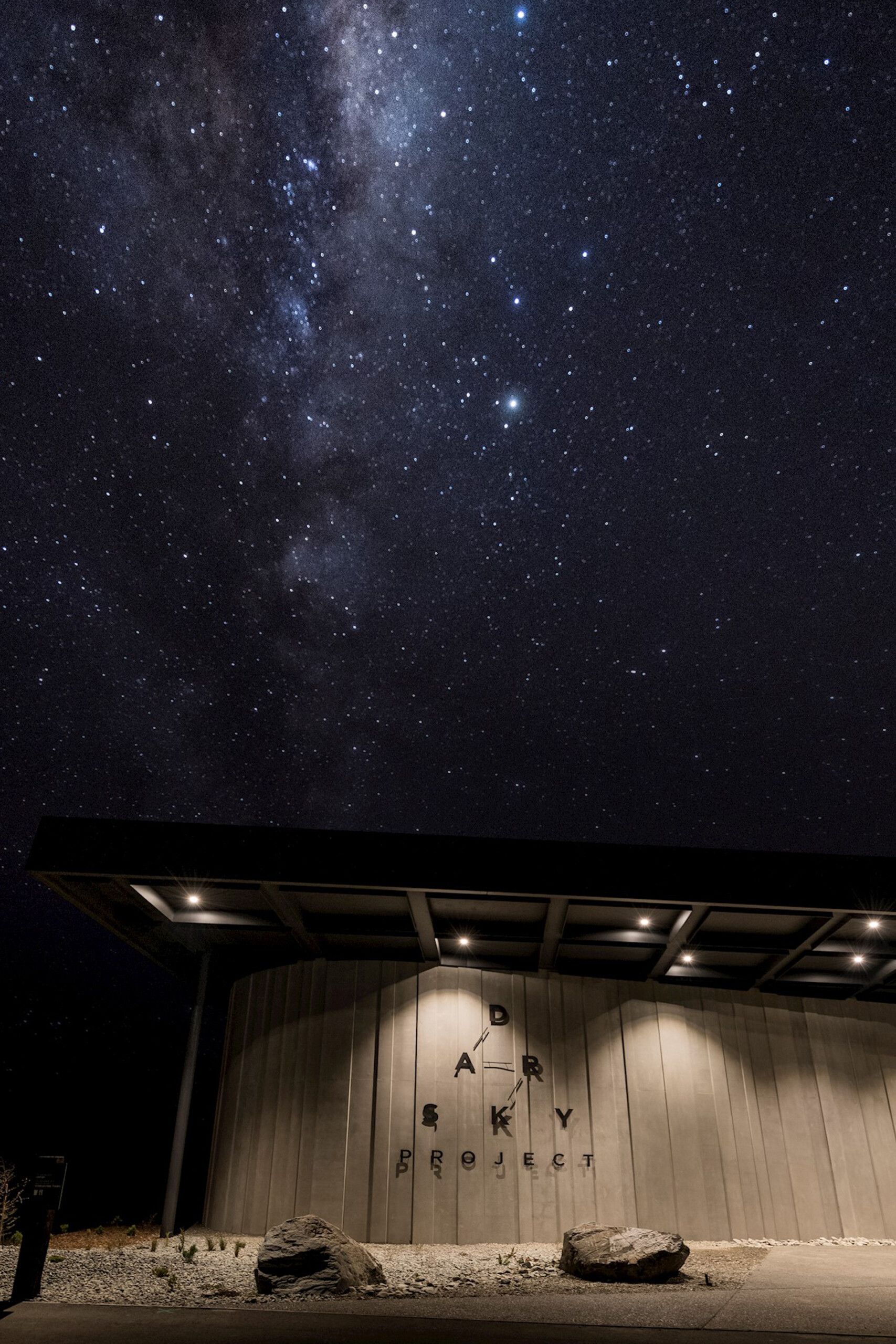This website uses cookies so that we can provide you with the best user experience possible. Cookie information is stored in your browser and performs functions such as recognising you when you return to our website and helping our team to understand which sections of the website you find most interesting and useful.
DARK SKY PROJECT TAKAPŌ OBSERVATORY
Nestled between glacial-carved mountains and glittering stars, Dark Sky Project’s Tekapō Observatory is a meeting of heaven and earth. The building, named Rehua after the brightest star and eldest child of the Maori gods, is a new centre for astronomy tourism on New Zealand’s South Island. The clarity of constellations that streak across our southern skies are breathtaking – and the building designed to soak up the stars is just as awe-inspiring.
Rehua, developed in a partnership between stargazing and observatory tour operator Dark Sky Project and Ngāi Tahu Tourism, allows visitors to marvel at the Milky Way – a rare experience in a light-polluted world. The sparkling skies reflected on the mirrored surface of Lake Takapō are undoubtedly the star of the show. But Dark Sky Project’s setting – and the stellar feat of engineering inside – demanded a special building.
At a glance
- ClientNgai Tahu Tourism
- ServicesCommercial Success
- sectorPublic & Civic
- LocationTakapō, New Zealand
A slew of ideas to rival the stars
Designed by Sheppard & Rout Architects, Rehua is a modest concrete and glass building with a mono-pitched plane roof capped by an unmistakable dome. But Rehua’s crowning glory is the Brashear Telescope. This engineering masterpiece has allowed astronomers to make sense of the stars since the early 1890s. Expertly crafted from brass, iron, steel and wood, the Brashear Telescope stands nine metres tall and has a 45-centimetre refracting lens. The prized telescope sat in the University of Pennsylvania’s Flower Observatory until 1954 and languished in storage until a long-held dream of restoration could be realised.
Telescope domes are not business-as-usual buildings. Finding a contractor that could construct and install a bespoke dome worthy of the Brashear Telescope was a challenge – but one the RLB team relished. After scouring the globe for dome doyens as far afield as Iran, RLB’s team eventually found a local fibre glass company – one that specialises in swimming pools – that proved the perfect mix of skills, resources and passion for the project.
RLB’s team worked closely with the project management team to investigate possible solutions for the dome. An innovative partnership with a local fibre glass manufacturer allowed us to meet design and performance requirements, while reducing time, travel and possible exchange rate fluctuations. We were proud to support the local market and achieve the best value for our client.Malcolm Timms, Director, RLB
After many years of working side-by-side Ngai Tahu Tourism, RLB’s team had the confidence of our client to deliver reliable cost management services on a demanding project – one that delivers a genuine connection between nature, culture, science and experience.
Bold minds bring imagination to life
Rehua’s location, on the edge of a zone of intense seismic activity known as the Ring of Fire, was another obstacle to overcome.
How would the Brashear Telescope behave during a seismic event?
The project team worried that an instrument of such size would swing like a pendulum, and possibly sustain significant damage. This was a risk too large to ignore. The solution? A bespoke baseplate, separated from the rest of the building, which acts as an isolator for the telescope. This protects the finely-tuned instrument from footfall vibrations and earthquakes.
- 125year
old telescope
- 4,300m2
dark sky reserve
- 3.8m
tall windows
Endless expanses of skies and skills
Another sizeable challenge was rebuilding the Brashear Telescope itself, which after sitting in storage for decades came with no instruction manual for reassembly. “The telescope was painstakingly catalogued, cleaned, restored and reassembled by a local restorer who worked out how each piece fitted together as he progressed,” RLB’s Director Malcolm Timms explains.
Stories found only in the stars
Rehua rests within a 4,300 square kilometre area that was declared an international dark sky reserve in 2012. A dark sky reserve is land that possesses an exceptional quality of starry nights and natural darkness – and Dark Sky Project’s is the first gold standard and the largest dark sky reserve in the world.
Less than a century ago, everyone would look up and see the stars. Today, millions of people are unable to experience the magic of the Milky Way. Dark Sky Project’s restrained but distinctive building, brought to life with imagination and care, offers a new window on the universe.
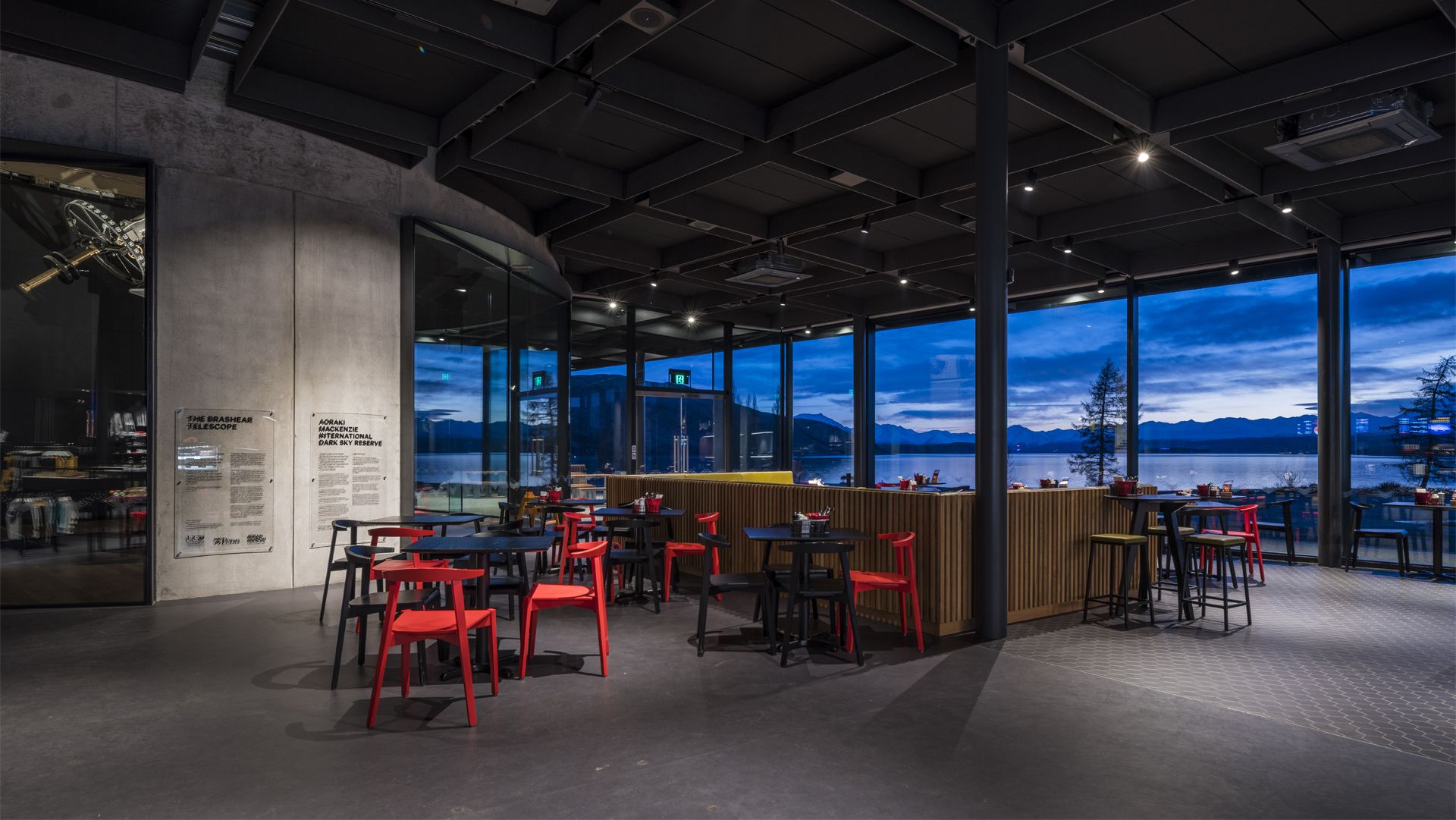
FURTHER INFORMATION:

Malcolm Timms
Services
Sector
Related and Notable Projects...
-
Australia’s home away from home in Washington D.C.
EMBASSY OF AUSTRALIA, WASHINGTON D.C.
View -
New academy is beacon of excellence in fire and rescue training
TRAINING AND DEVELOPMENT ACADEMY
View -
Bespoke solutions to reduce emissions
CAMBRIDGESHIRE COUNTY COUNCIL – HEAT DECARBONISATION STRATEGY
View


